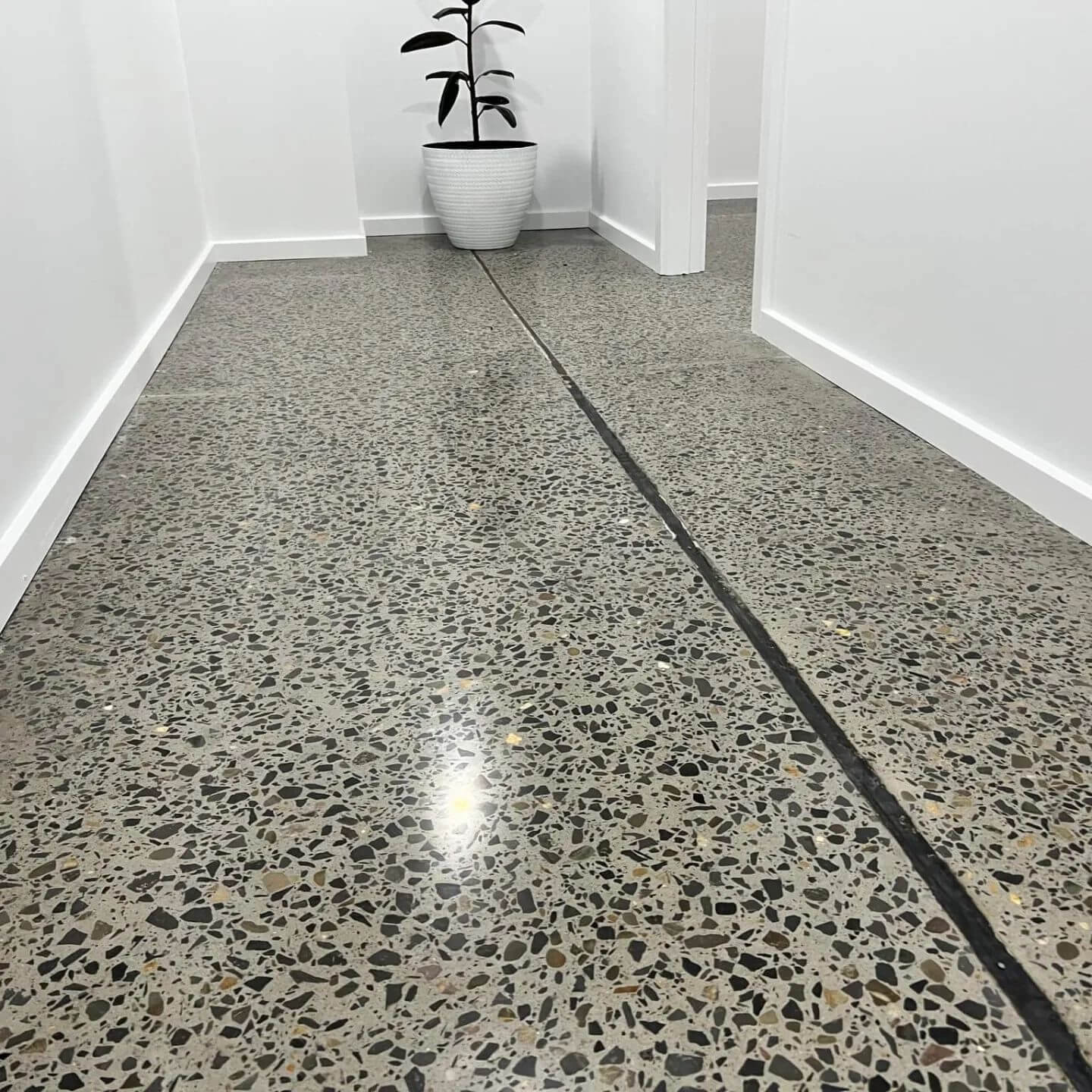Polished Concrete Floors
Polished concrete floors have emerged as a popular choice in modern architecture and interior design. Their sleek and glossy appearance, combined with durability and low maintenance, make them an attractive option for residential and commercial spaces alike. However, a common concern that often lingers in the minds of potential adopters is the possibility of cracks in polished concrete floors. In this comprehensive blog post, we will delve into the factors influencing the likelihood of cracks in polished concrete floors, debunking myths and providing valuable insights for those considering this stylish flooring option.
Understanding Polished Concrete:
Before we dive into the question of whether polished concrete floors crack, let’s first understand the nature of polished concrete itself. Polished concrete is achieved through a multi-step process that involves grinding the concrete surface with progressively finer grits of diamond abrasives. This process not only enhances the aesthetic appeal but also improves the durability of the concrete.
Factors Influencing Cracks in Polished Concrete Floors:
- Concrete Mix Design: The composition of the concrete mix is a crucial factor that determines the overall strength and durability of the finished product. A well-designed mix with the right proportions of cement, aggregates, and water, along with additives like fly ash or silica fume, can significantly reduce the likelihood of cracks.
- Curing Process: Proper curing is essential to allow the concrete to achieve its optimal strength. Inadequate curing can lead to a weaker surface that is more prone to cracking. Contractors must follow recommended curing practices, such as using curing compounds or wet curing, to ensure the concrete reaches its full potential.
- Substrate Conditions: The condition of the substrate on which the concrete is poured can impact its performance. A stable and properly prepared substrate provides a solid foundation for the concrete, reducing the risk of cracks. Issues such as poor compaction, inadequate sub-base preparation, or the presence of excessive moisture can contribute to cracking.
- Control Joints: Control joints, also known as expansion joints, are intentional cuts made in the concrete to control and minimise cracking. When present, these joints allow the concrete to expand and contract with temperature fluctuations without causing unsightly cracks. The absence or improper placement of control joints can increase the likelihood of cracks in polished concrete floors.
- Environmental Conditions: Extreme temperature variations and environmental factors can impact the performance of polished concrete. In regions with significant temperature fluctuations, the concrete may expand and contract, potentially leading to cracks. Adequate climate control during the curing process is essential to mitigate these effects.
Dispelling Myths:
- Myth: Polished Concrete Floors Always Crack: While it’s true that all concrete has the potential to crack under certain conditions, the likelihood of cracks in polished concrete floors is not inherently higher than in other types of flooring. Proper installation, quality materials, and adherence to best practices can significantly minimise the risk.
- Myth: Cracks Ruin the Aesthetic Appeal: Cracks in polished concrete do not necessarily detract from its aesthetic appeal. In fact, some individuals appreciate the natural patina that can develop over time, adding character to the floor. Additionally, control joints can be strategically incorporated into the design to create visually appealing patterns.
Preventive Measures and Maintenance:
- Proactive Design and Installation: Engaging experienced and qualified contractors who follow industry best practices is the first line of defense against cracks. A well-designed mix, proper substrate preparation, and strategic placement of control joints are crucial aspects of a successful installation.
- Routine Maintenance: Regular maintenance is key to preserving the integrity and appearance of polished concrete floors. Cleaning the surface regularly, using the appropriate cleaning agents, and addressing any spills promptly can prevent issues that may lead to cracking.
- Surface Protection: Applying a sealer to the polished concrete surface adds an extra layer of protection against stains, abrasion, and moisture. Sealers help maintain the durability of the floor and reduce the risk of cracks caused by external factors.
Conclusion:
In conclusion, the myth that polished concrete floors inevitably crack is just that—a myth. The likelihood of cracks in polished concrete floors is influenced by various factors, including concrete mix design, curing practices, substrate conditions, control joints, and environmental factors. By addressing these aspects through proper installation, proactive design, and routine maintenance, individuals can enjoy the numerous benefits of polished concrete without being unduly concerned about cracks. As with any flooring option, informed decision-making and collaboration with experienced professionals are essential to achieving a successful and long-lasting polished concrete floor.


